Here’s a list of the Best Fall Houseplants that you must include indoors for a vibrant hue of nature to your home!
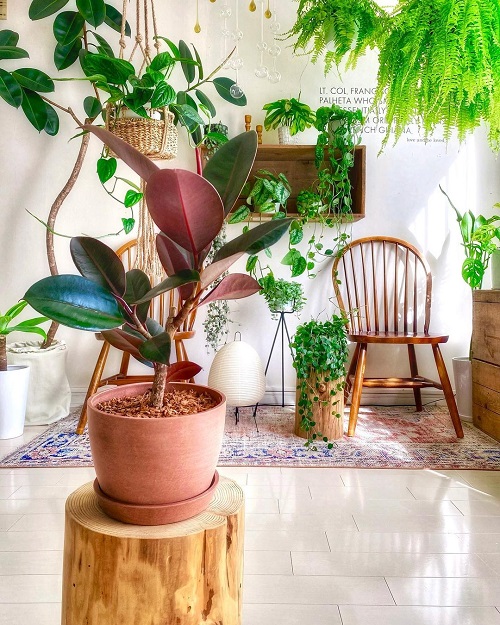
Fall Houseplants – your perfect companions for adding vibrant colors, tantalizing textures, even air-purifying benefits, and the essence of autumn indoors to your indoor space!
Seasonal Houseplants That You Must Not Miss Growing
Best Fall Houseplants
1. Moonshine Snake Plant
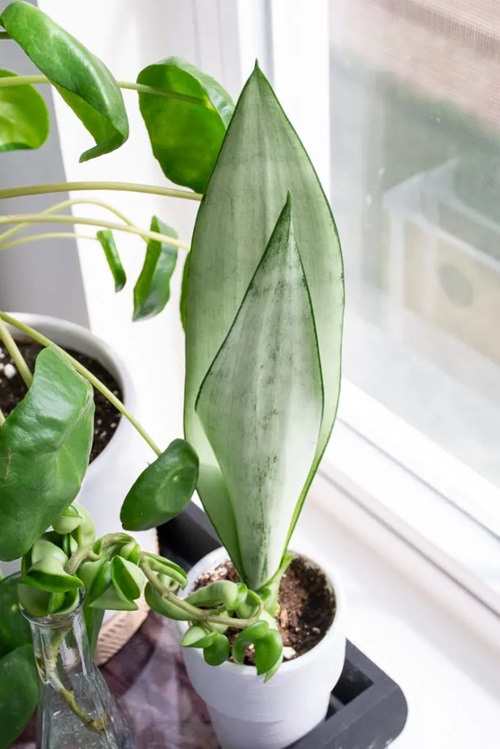
Botanical Name: Dracaena trifasciata ‘Moonshine’
Snake plants are extremely hardy and can tolerate low light and inconsistent watering, which makes these fall houseplants ideal for indoor conditions as natural light diminishes in the fall.
2. Chameleon ZZ Plant
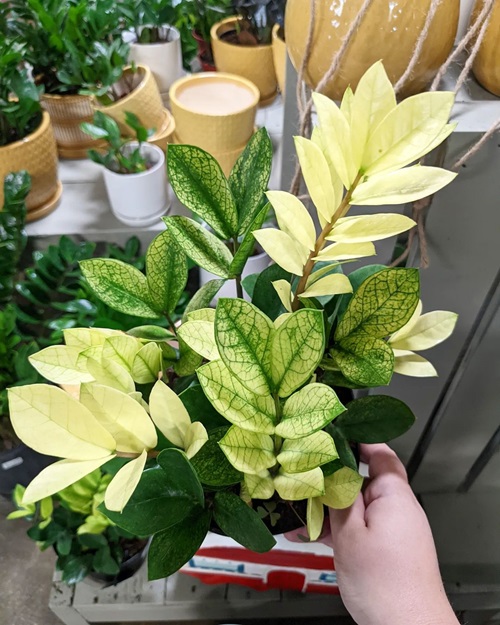
Botanical Name: Zamioculcas zamiifolia ‘Chameleon’
Similar to Snake Plants, ZZ plants are low-maintenance and can thrive in lower light conditions, making them perfect for fall when days become shorter.
Ways to Grow ZZ Plants in Home and Garden
3. Pearls and Jade Pothos
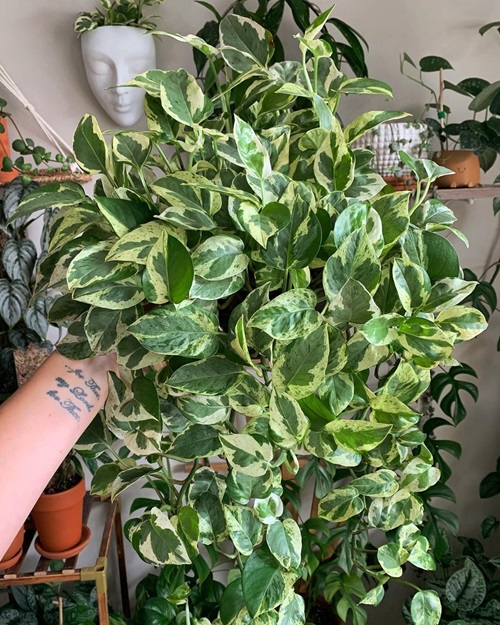
Botanical Name: Epipremnum aureum ‘Pearls and Jade’
Pothos is adaptable to a variety of light conditions, including lower light settings. This flexibility makes these fall houseplants a go-to choice for indoor plant owners as autumn arrives.
4. Spider Plant
Botanical Name: Chlorophytum comosum
Spider plants excel in air purification, a useful trait as windows are often closed during the cooler fall months, leading to less air circulation.
5. Rubber Plant
Botanical Name: Ficus elastica
This plant can adapt well to the lower light conditions typically seen in the fall and is relatively easy to care for, making it a good choice for this season.
6. Calathea
Botanical Name: Calathea spp.
Known for their striking leaf patterns, these fall houseplants prefer indirect light and higher humidity, making them well-suited for indoor fall and winter care when heating systems can make indoor air dry.
7. Schefflera
Botanical Name: Schefflera
Schefflera plants are easy to care for and can tolerate a variety of light conditions, including artificial light, making them ideal as days grow shorter in the fall.
Do not miss these amazing tricolor houseplants here
8. Chrysanthemums

Chrysanthemums are popular in the fall due to their vibrant autumnal colors like orange, yellow, and red. They are often used for fall decorations and can easily be brought indoors.
9. Jade Plant

Botanical Name: Crassula ovata
Jade Plants are thought to bring good luck and prosperity, which many consider beneficial as we approach the end of the year. Additionally, they can tolerate the lower light conditions typical of fall.
10. Christmas Cactus

Botanical Name: Schlumbergera spp.
This plant typically blooms between late November and late January, making it a perfect plant for the indoor fall and winter setting.
7 Quick Tips on Taking Care of Your Christmas Cactus
11. Monstera
Botanical Name: Monstera deliciosa
Monstera plants are adaptable to lower light conditions which become common in the fall months. These fall houseplants add a lush, tropical feel indoors as temperatures drop outside.
12. Orchid
Botanical Name: Orchidaceae
Many orchid varieties can bloom in the fall, and they can thrive in indoor conditions. Their elegant appearance makes them a popular choice for adding a touch of beauty as the days grow shorter.
13. Bird of Paradise
Botanical Name: Strelitzia reginae
This plant brings a touch of the tropics into homes just when many parts of the country are starting to feel the chill. These fall houseplants thrive in indoor conditions with adequate light.
14. African Violets
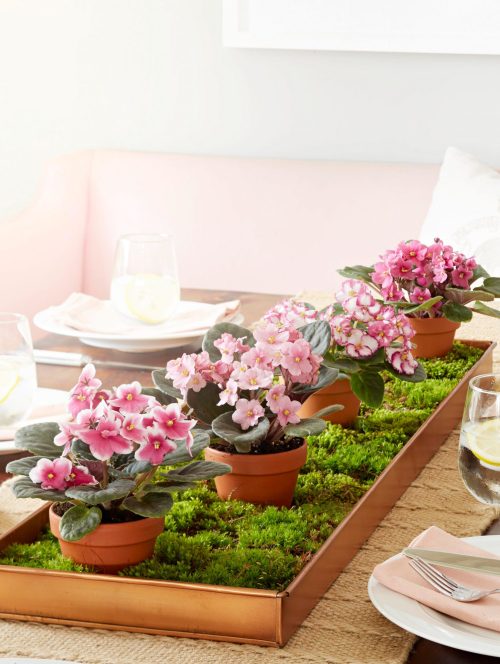
Botanical Name: Saintpaulia
African Violets can bloom multiple times a year, and their bright, cheerful flowers can be a lovely addition during the fall months. They are also well-suited for indoor conditions.
15. Croton
Botanical Name: Croton
Bursting with hues of orange, red, yellow, and even purple, Crotons serve as living embodiments of the fall season, bringing a burst of color and vitality into any room.
16. Flowering Kalanchoe
Botanical Name: Kalanchoe blossfeldiana
As the outdoor world dons its fall colors, this resilient succulent keeps pace, offering a variety of rich shades that can complement any fall décor scheme
Edible Ones
17. Christmas Carol Aloe

Botanical Name: Aloe ‘Christmas Carol’
Aloe is not only low-maintenance but also looks the part. These fall houseplants can easily adapt to indoor conditions and lower light, making it suitable for fall.
18. Mint
Botanical Name: Mentha spp.
Mint is an easy-to-grow herb that can thrive indoors. As the growing season outdoors comes to an end, bringing mint inside can provide a fresh supply throughout the fall and winter.
19. Lemon Balm

Botanical Name: Melissa officinalis
Lemon Balm is not only aromatic but also versatile in cooking. It can adapt to indoor conditions and provides the added benefit of a fresh, lemony scent.
20. Parsley
Botanical Name: Petroselinum crispum
Parsley grows well in containers and can flourish under indoor light conditions, providing a convenient culinary ingredient right in your kitchen throughout the fall.
Difference Between Parsley and Cilantro
21. Thyme
Botanical Name: Thymus vulgaris
Thyme is resilient and can be grown indoors during the fall and winter months. Its aromatic leaves are a staple in fall recipes, adding to its appeal.
22. Chives

Botanical Name: Allium schoenoprasum
Chives are hardy and can easily adapt to indoor conditions, providing a continuous supply of fresh, mild onion-flavor for cooking.
The edibility of these fall houseplants adds an extra layer of utility, as they can be used in cooking, teas, or for medicinal purposes. As fresh herbs and plants might be less readily available or more expensive to buy during the fall and winter, growing these plants indoors can provide a convenient and cost-effective alternative.
Growing Requirements of Fall Houseplants
Understanding the specific growing requirements for each fall houseplant is essential for their healthy development. Let’s delve into the key factors such as sunlight, soil, and water that contribute to their growth.
Sunlight Needs
- Direct Sunlight: Some plants like Thyme prefer a lot of light and will thrive in a south-facing window.
- Indirect Sunlight: Aloe Vera, Mint, and Lemon Balm can tolerate indirect light and should be kept away from direct sun.
- Low Light: Plants like ZZ Plant, Snake Plant, and Calathea can survive in low-light conditions.
Soil Requirements
- Well-Drained Soil: Herbs like Parsley require soil that drains well.
- Loose, Aerated Soil: Aloe Vera and ZZ plants need loose, aerated soil for optimal growth.
- Humus-Rich Soil: Plants like Calathea and Peace Lily prefer humus-rich soil.
Watering Frequency
- Regular Watering: Plants like Mint and Lemon Balm require regular watering to keep the soil consistently moist.
- Moderate Watering: Thyme, and Pothos prefer a moderate watering routine, allowing the soil to dry out slightly between waterings.
- Low Watering Needs: Aloe Vera, Snake Plant, and ZZ Plant can tolerate less frequent watering.
Additional Care
- Fertilization: Plants like Pothos and Peace Lily benefit from monthly fertilization during the growing season.
- Humidity: High humidity is necessary for plants like Calathea and Peace Lily.
- Temperature: Most indoor plants prefer a stable temperature, avoiding drafts and sudden temperature changes.

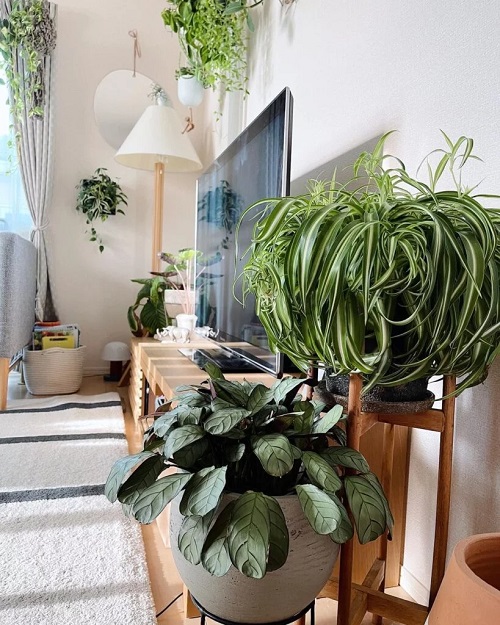
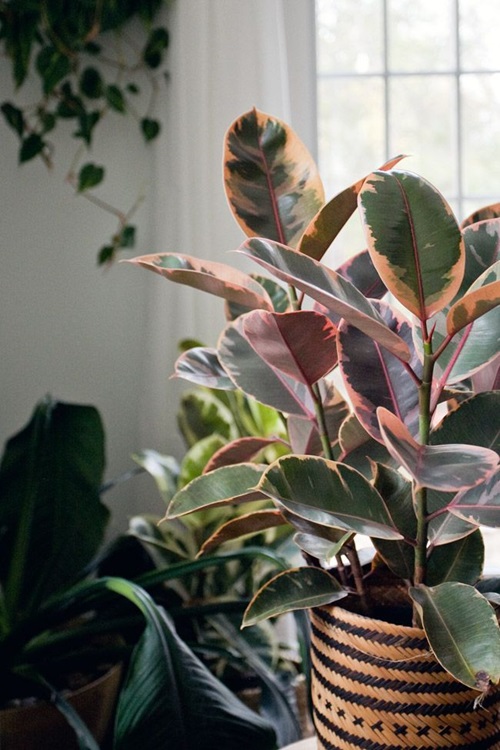
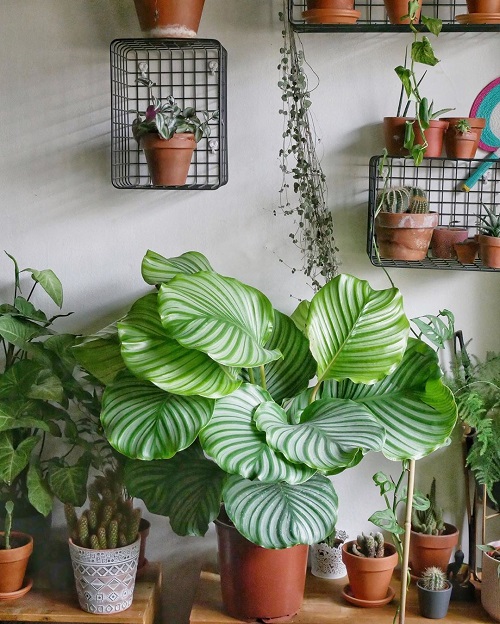


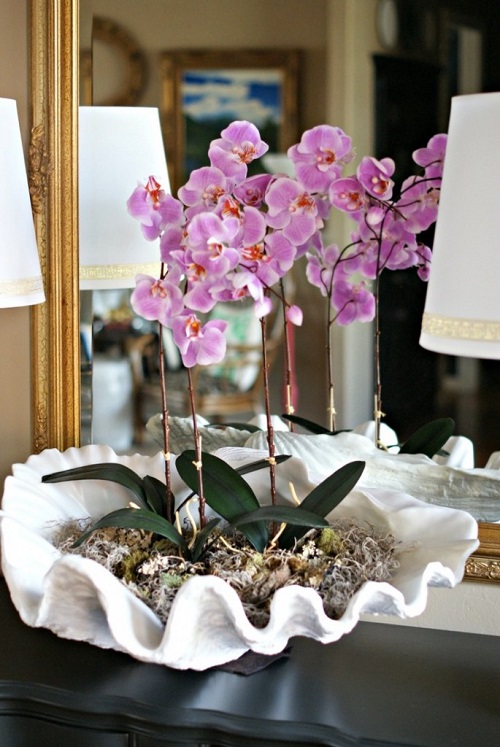
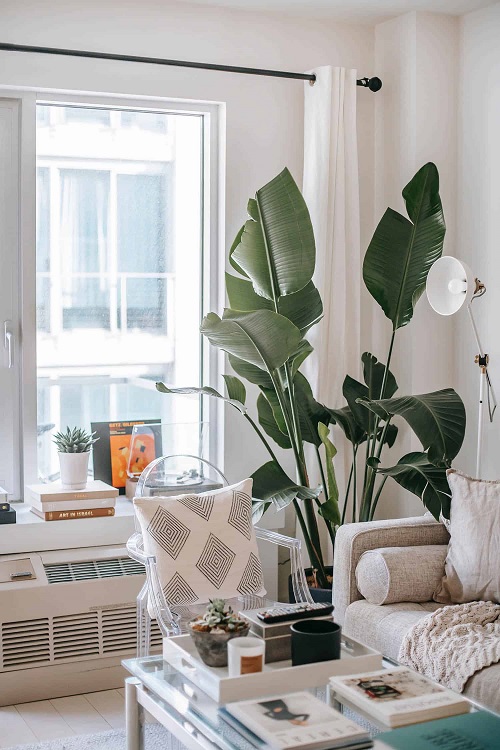
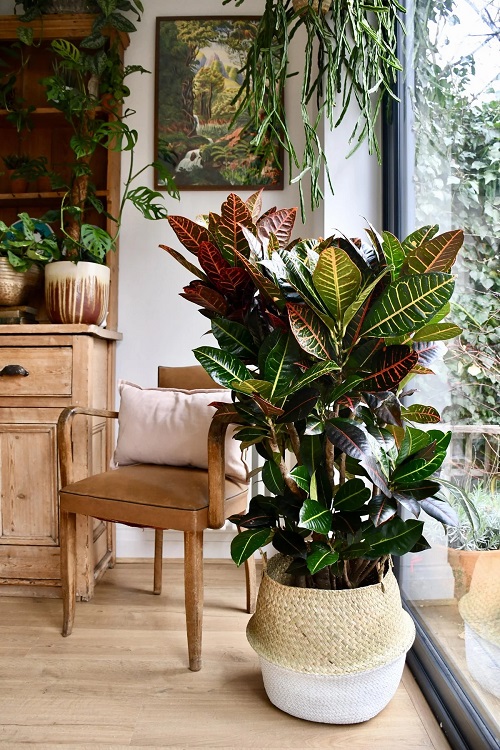
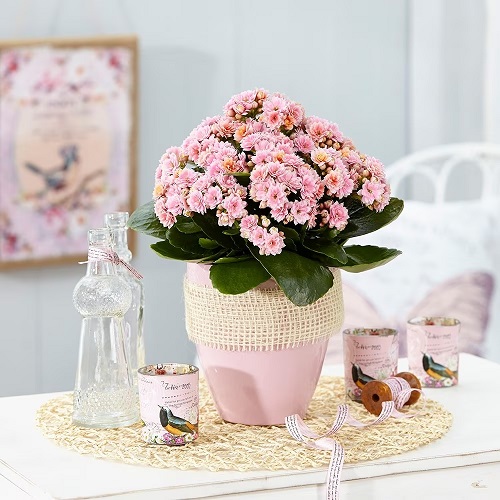
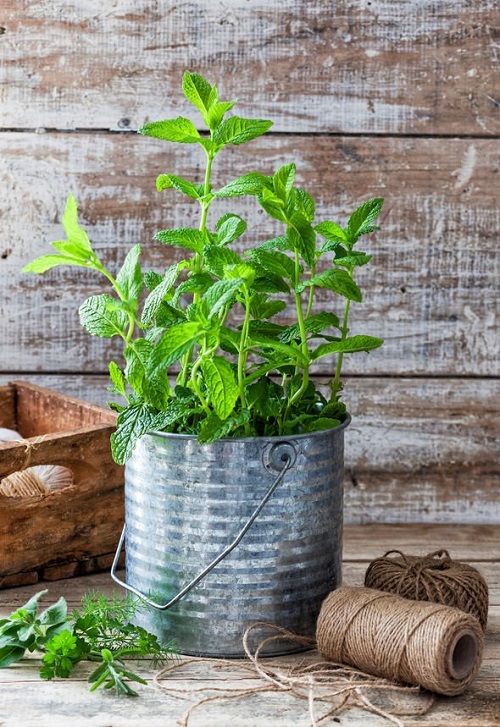
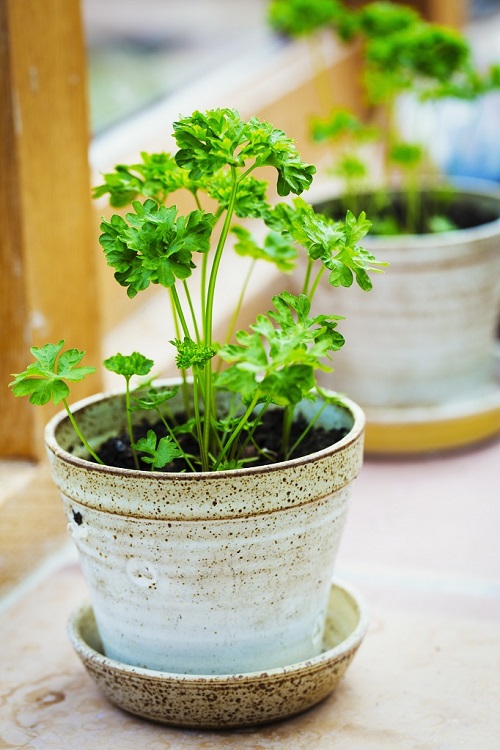


I love your articles